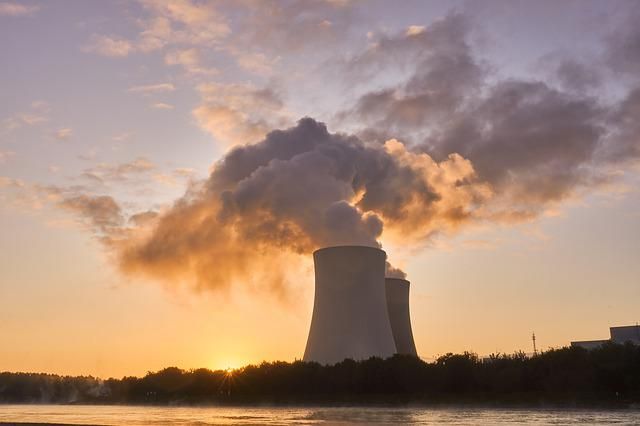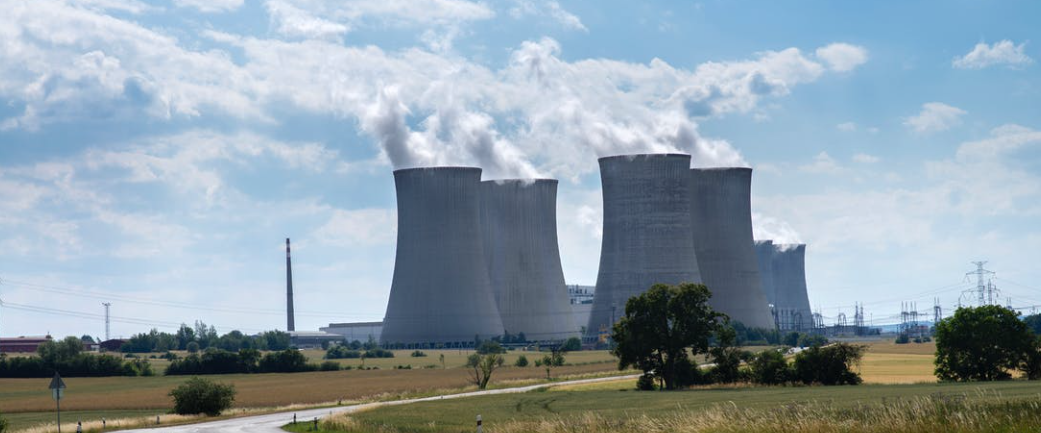
Nuclear energy remains a contentious issue. Much like flying in a plane, the threat of absolute catastrophe seems tangible and imminent, despite this being far from the case.
But, despite the negative public opinion, nuclear energy is remains a comparatively sustainable source of energy. More than this, exciting recent developments have led some to believe nuclear could be the future of clean energy.

Nuclear energy has been alive in the minds of scientists since the 1930s when physicist Enrico Fermi first suggested the ability of neutrons to split atoms. Nuclear fission – the current way we produce nuclear energy – works by forcing neutrons to collide with atoms and making them split, producing energy as a by-product.
This process leads to a chain reaction, as the process of nuclear fission creates more neutrons to collide with more atoms, therefore producing more energy and more reactions. This self-perpetuating nature is also the reason why these reactors can run into meltdowns – if the reaction is not properly controlled it can spiral out of control, as demonstrated at Fukishima and Chernobyl.
But modern nuclear facilities have far more advanced safety systems that are able to shut down the reactor instantly, preventing any meltdown scenario. These fears, however, may in fact be nullified by the new kid on the nuclear block: nuclear fusion.

Nuclear fusion is the process that powers the sun. Instead of atoms being split like in fission, here, atoms are instead combined – or fused – to create vast amounts of energy. The process, too, does not produce any radioactive by-products, mitigating one of the largest dangers of fission reactors.
Fusion has so far been a tricky beast to tackle. Creating essentially what mounts to a mini sun comes with its fair share of difficulties. For instance, no material known to man could withstand such heat, so magnetic fields are typically built to contain the concentrated plasma in a suspended state.
But, very recently, big leaps have been made in the tech that promise to accelerate its ascension into the mainstream.
First Light – a UK-based nuclear technology company – claims in a recent press release to have achieved nuclear fusion in a novel way; a technique they call ‘projectile fusion’. And, while this technology has existed before (although called ‘inertial fusion’ instead), the innovation comes from the ‘projectile’ part of the technique’s name.
First Light has created a system whereby a projectile is launched at speeds of 14,500mph by electromagnets at a target designed to create a reaction on impact. This method – the company claims – is up to 50% more efficient than previously developed laser systems, and is far easier to maintain.
Although the system still has a long way to go before it’s producing energy for the national grid, First Light more than doubled the previous recorded energy production from a fusion reaction in its latest effort; some optimism seems healthy.

Energy is certainly incredibly topical at the moment. A double threat looms over many countries: the need to wean themselves off non-renewable fuel sources while simultaneously combatting rising fuel prices in the face of Russian oil vetoes.
Nuclear power – in its current form – is incredibly efficient, safe, and clean – at least when compared to other fuel sources currently available. Its major detractors – potentially the emissions produced by the mining of its fuel, uranium, or the disposal of nuclear waste – are still far less polluting than the emissions caused by the extraction and burning of fossil fuels.
Regrettably, the errors of the past loom ever-present over nuclear energy, and it’s hard to say when public opinion might shift the other way.
What fills me with confidence is, however, is the government’s seemingly new-found support for nuclear energy. The UK’s first plant is over 20 years is due to be constructed in Somerset, and home-grown talent continues to push the boundaries of what is possible with fusion.
The future appears bright indeed – though, let’s hope, not thermonuclear.
First Light Fusion (First Light), the University of Oxford fusion spin-out, today confirms it has achieved fusion. The UK Atomic Energy Authority (UKAEA) has independently validated the result.